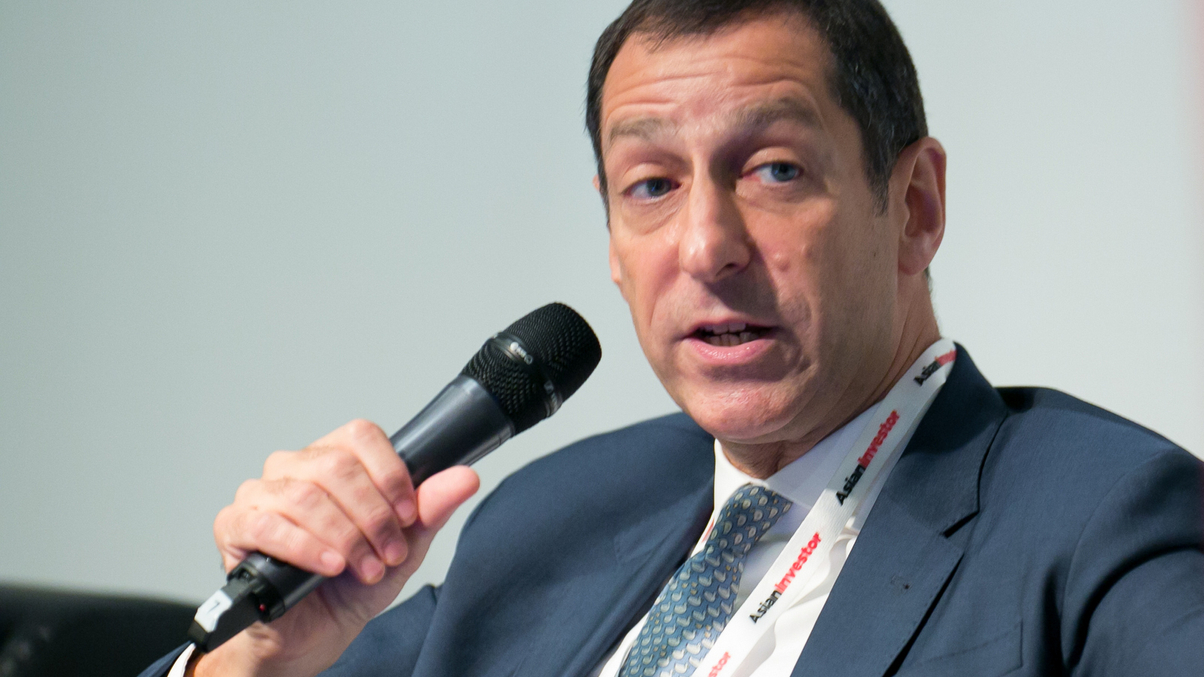AIA's CIO laments lack of bond market development
In the second part of an exclusive interview, AIA's chief investment officer Mark Konyn discusses his disappointment over the lack of Asian bond market development, and the danger of inflation.

Q How important is the development of local bond markets?
Sign In to Your Account
Access Exclusive AsianInvestor Content!
Please sign in to your subscription to unlock full access to our premium AI resources.
Free Registration & 7-Day Trial
Register now to enjoy a 7-day free trial—no registration fees required. Click the link to get started.
Note: This free trial is a one-time offer.
¬ Haymarket Media Limited. All rights reserved.


